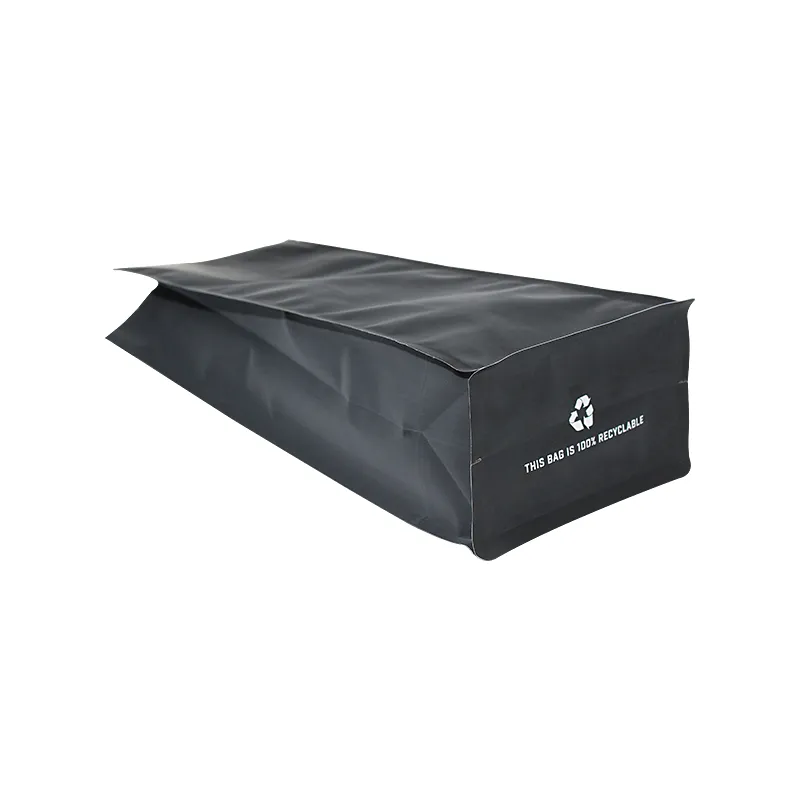- Afrikaans
- Albanian
- Amharic
- Arabic
- Armenian
- Azerbaijani
- Basque
- Belarusian
- Bengali
- Bosnian
- Bulgarian
- Catalan
- Cebuano
- chinese_simplified
- chinese_traditional
- Corsican
- Croatian
- Czech
- Danish
- Dutch
- English
- Esperanto
- Estonian
- Finnish
- French
- Frisian
- Galician
- Georgian
- German
- Greek
- Gujarati
- haitian_creole
- hausa
- hawaiian
- Hebrew
- Hindi
- Miao
- Hungarian
- Icelandic
- igbo
- Indonesian
- irish
- Italian
- Japanese
- Javanese
- Kannada
- kazakh
- Khmer
- Rwandese
- Korean
- Kurdish
- Kyrgyz
- Lao
- Latin
- Latvian
- Lithuanian
- Luxembourgish
- Macedonian
- Malgashi
- Malay
- Malayalam
- Maltese
- Maori
- Marathi
- Mongolian
- Myanmar
- Nepali
- Norwegian
- Norwegian
- Occitan
- Pashto
- Persian
- Polish
- Portuguese
- Punjabi
- Romanian
- Russian
- Samoan
- scottish-gaelic
- Serbian
- Sesotho
- Shona
- Sindhi
- Sinhala
- Slovak
- Slovenian
- Somali
- Spanish
- Sundanese
- Swahili
- Swedish
- Tagalog
- Tajik
- Tamil
- Tatar
- Telugu
- Thai
- Turkish
- Turkmen
- Ukrainian
- Urdu
- Uighur
- Uzbek
- Vietnamese
- Welsh
- Bantu
- Yiddish
- Yoruba
- Zulu
how to list measurements
How to List Measurements Effectively
When it comes to presenting information that involves measurements—whether for a project, scientific research, or any practical application—clarity and precision are paramount. A well-organized measurement list can significantly impact how the information is understood and utilized. Here’s a guide on how to list measurements effectively.
1. Determine the Purpose and Audience
Before you begin listing measurements, it’s essential to understand your purpose and audience. Are you compiling data for a scientific report, a construction project, or an inventory list? Knowing who will read your measurements will help tailor the details you include, the units of measurement you use, and the level of complexity appropriate for your audience.
2. Choose the Right Units of Measurement
Different fields use various units of measurement, and it’s crucial to select the appropriate unit based on your context. For example, in scientific contexts, you might use the metric system (meters, liters, grams), whereas, in a culinary setting, the imperial system (cups, ounces, pounds) might be more common. Always consider what will be clearer for your audience, and if necessary, provide conversions to avoid confusion.
3. Organize Measurements Logically
The way you arrange measurements can impact their readability
. Here are a few organizational strategies- Categorical Organization Group similar types of measurements together. For instance, if you are listing dimensions for construction, you might separate height, width, and depth into distinct sections. - Sequential Organization Present measurements in the order that they are used or occur. For example, if you’re detailing a procedure that involves measurements over time, list them in chronological order.
- Tabular Format For extensive data sets, consider using tables. This format helps in presenting multiple measurements while keeping the information concise and easy to read. Each row can represent a different item or instance, with columns for different measurements.
4. Use Clear Labels and Descriptions
how to list measurements

Every measurement should be accompanied by a clear label. This ensures that users understand exactly what is being referred to without ambiguity. For example, instead of writing “20,” write “Length 20 cm.” If necessary, add additional descriptions or notes to clarify the context or importance of certain measurements.
5. Include Reference Points
To provide context, consider including reference points or baseline measurements. For instance, if listing the length of a room, mentioning the size of common objects (like furniture) can help readers visualize the space more effectively.
6. Maintain Consistency
Consistency is critical in technical writing. Use the same formatting style throughout your measurement list. For instance, if you choose to list measurements in the metric system, do not switch to imperial mid-list without a clear reason. Also, ensure that decimal points, units, and abbreviations are used consistently for clarity.
7. Double-Check for Accuracy
Accuracy is crucial when listing measurements. Errors can lead to misunderstandings, increased costs, or safety hazards, especially in fields like engineering and construction. Always double-check your measurements for correctness. If possible, have a peer review your list to catch any mistakes you might have missed.
8. Utilize Visual Aids
Whenever possible, support your measurement list with visual aids. Diagrams, charts, or even photographs can provide additional context and understanding. Visual elements can make complex information clearer and more engaging, aligning perfectly with the data laid out in your written list.
Conclusion
Listing measurements may seem like a straightforward task, but attention to detail can significantly enhance the effectiveness of your communication. By determining your audience, organizing logically, maintaining consistency, and checking for accuracy, you can craft a measurement list that is not only functional but also clear and professional. Whether in an academic, scientific, or everyday context, a well-constructed measurement list can be a valuable tool for conveying important data.













